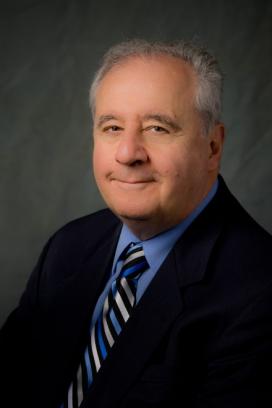Taking the long view on infrastructure
The philosophy behind life-cycle engineering holds that decisions about investing in bridges, buildings and other infrastructure should maximize the benefits of the investments over the lifetime of a structural system while adequately serving the needs of society. This is accomplished by finding the optimum balance among the requirements of safety, serviceability, economy, resiliency and sustainability—despite imperfect information and knowledge.
In other words, “How can policy makers and engineers be encouraged to take the long view rather than focus on the upfront sticker price?”
Dan M. Frangopol, the Fazlur R. Khan Endowed Chair of Structural Engineering and Architecture, has spent most of his career asking that question. Last fall, he posed the question to educators and industry leaders at the annual convention of the American Society of Civil Engineers (ASCE).
Frangopol began studying life-cycle engineering while writing the paper “Life-Cycle Cost Design of Deteriorating Structures.” Published in 1997 in ASCE’s Journal of Structural Engineering, and co-authored by his former Ph.D. advisees, Kai-Yung Lin and Allen C. Estes, the paper addressed the civil engineering industry’s short-sightedness in weighing costs and benefits.
“People at the time weren’t realizing that they could make investments and decisions that minimized the cost over the time horizon of a structure or infrastructure system,” Frangopol says. Cost must include the expense not just of creating a structure, but also of inspecting, maintaining, repairing and replacing it. Cost must also account for natural and man-made hazards, climate change and other factors which change over time and are highly uncertain.
“The goal of life-cycle engineering should be to minimize the price [of a structure] and maximize the structure’s performance” over its lifetime,” says Frangopol. “We as civil engineers have been moving in that direction.”
Engineers, says Frangopol, should consider many factors before making the most informed decision regarding the life-cycle management of deteriorating structures under uncertainty. These include environmental impact, social and political implications, recovery after disasters, and availability of resources. To find optimal solutions, engineers can use probabilistic modeling and analysis, as well as computer simulation.
Story by John Gilpatrick ’10
Posted on:





